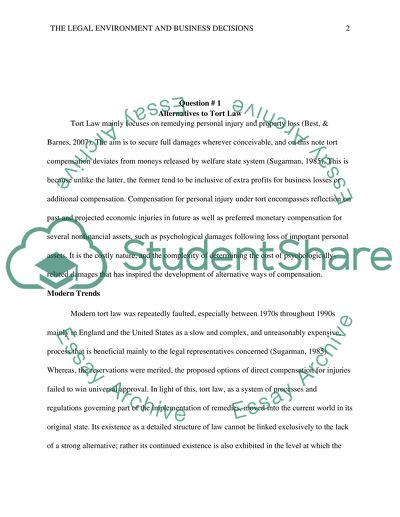Cite this document
(“The Legal Environment and Business Decisions Essay”, n.d.)
The Legal Environment and Business Decisions Essay. Retrieved from https://studentshare.org/law/1474709-the-legal-environment-and-business-decisions
The Legal Environment and Business Decisions Essay. Retrieved from https://studentshare.org/law/1474709-the-legal-environment-and-business-decisions
(The Legal Environment and Business Decisions Essay)
The Legal Environment and Business Decisions Essay. https://studentshare.org/law/1474709-the-legal-environment-and-business-decisions.
The Legal Environment and Business Decisions Essay. https://studentshare.org/law/1474709-the-legal-environment-and-business-decisions.
“The Legal Environment and Business Decisions Essay”, n.d. https://studentshare.org/law/1474709-the-legal-environment-and-business-decisions.


